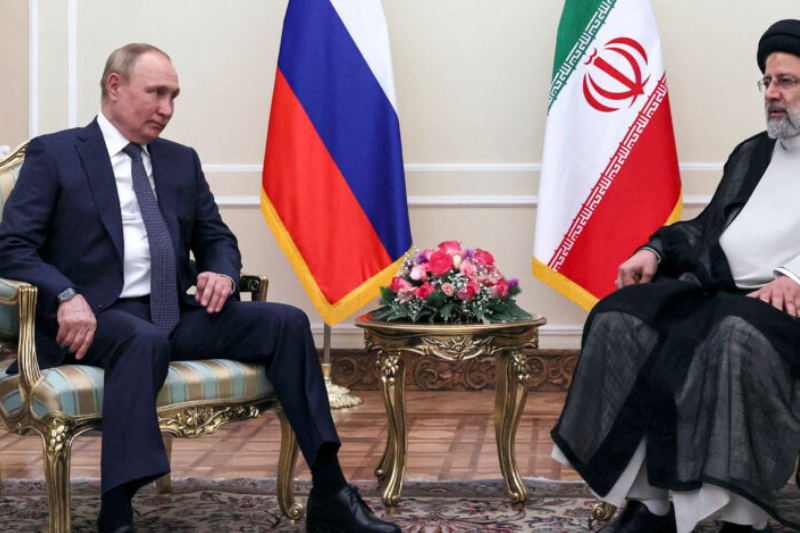
Iran’s Nuclear Slowdown: Implications for U.S.-Iran Relations
Recent events have seen Iran take small moves to decrease the buildup of near-weapons-grade uranium. This has drawn attention and sparked concerns about the impact this move will have on ties between the United States and Iran as well as the overall nuclear deal. Although some see this as a sign that tensions are lowering, it is still uncertain whether this will result in significant advancement before the 2024 presidential race.
Iran has slowed down the rate at which it is enriching uranium up to 60% purity, which is close to weapons-grade levels, according to reports from the United Nations nuclear watchdog. A minor amount of Iran’s stockpile of 60% enriched uranium has also been diluted. It’s crucial to remember nevertheless that despite these precautions, Iran’s stockpile of enriched uranium keeps expanding and might eventually contain enough for three nuclear weapons if further processed.
In addition, despite continued international pressure, Iran has not yet addressed concerns raised by the International Atomic Energy Agency (IAEA) over uranium traces discovered at two unregistered sites or progressed in reinstating monitoring cameras. These elements cast doubt on Iran’s level of dedication to tackling broader nuclear concerns.
According to nonproliferation specialists, Iran’s nuclear pause could be a starting point for both the United States and Iran to consider “understandings” to ease tensions related to nuclear issues. It’s important to note, though, that these understandings do not always result in significant restrictions on Iran’s nuclear programme before to the 2024 U.S. presidential elections. Instead, they might help American President Joe Biden avoid a crisis that would hurt his re-election chances with Iran.
Keep Reading
Despite not having the immediate objective of establishing a new nuclear agreement, Henry Rome of the Washington Institute for Near East Policy remarked that Iran’s pause opens the door for extra diplomacy in the coming months. This strategy is in line with Biden’s desire to uphold stability in the face of the difficulties faced by Iran, such as its nuclear programme and actions taken by militias supported by Iran in the Middle East.
Although some refer to Iran’s efforts as “de-escalation lite,” it is obvious that the Biden administration’s top priority is to avert a catastrophe and preserve a modicum of calm in U.S.-Iran ties. This policy tries to create political stability and act as a buffer against potential disputes while acknowledging that a complete resolution of the nuclear programme may not be possible in the near future.
Former U.S. special envoy for Iran Elliott Abrams emphasized the difficulty of this strategy, particularly in light of the transfer of Iranian funds and the increase in oil exports, which might unintentionally favor the Iranian government. The difficulties and compromises required in handling relations with Iran are highlighted by this feature.
Overall, both Iran and the U.S. have taken a nuanced and cautious stance in response to the Iranian nuclear halt. Even if it would not result in a complete nuclear agreement right now, it opens a path for diplomatic engagement and might open the door for more extensive talks after the 2024 U.S. elections. The situation is still shaky, and analysts are keeping a close eye on how relations between the United States and Iran are changing.




